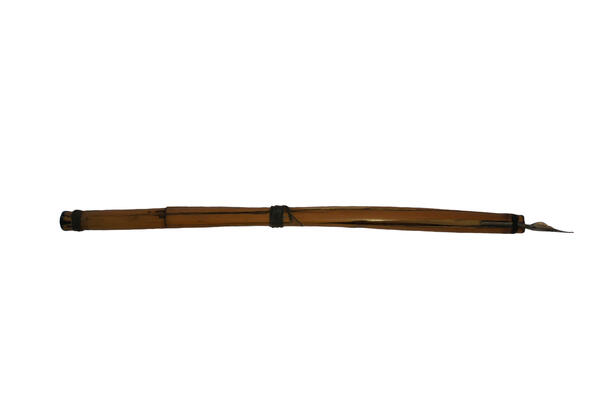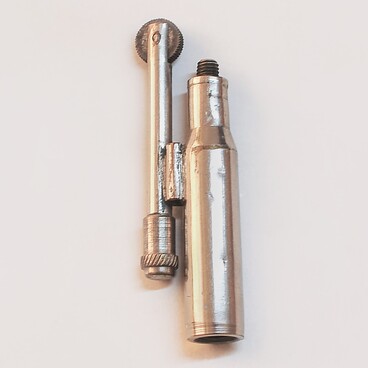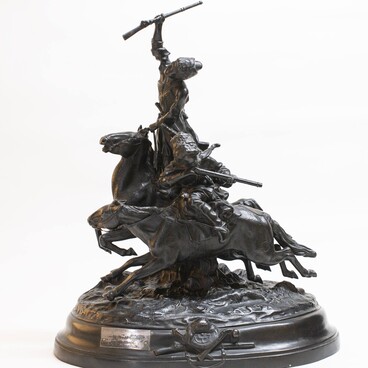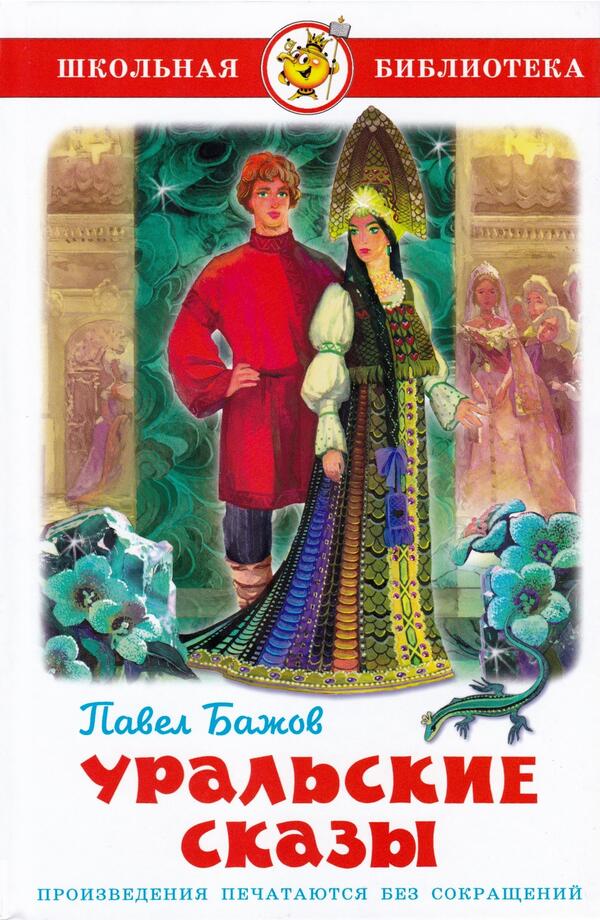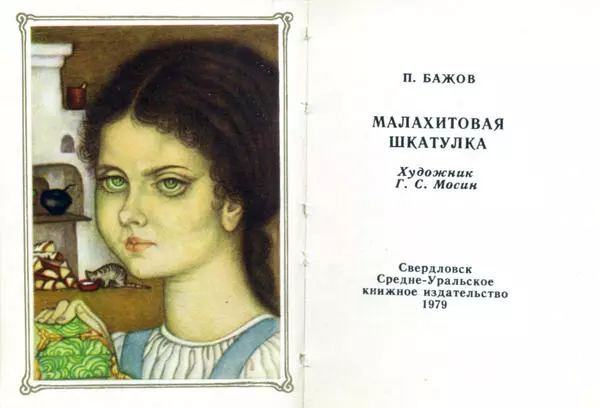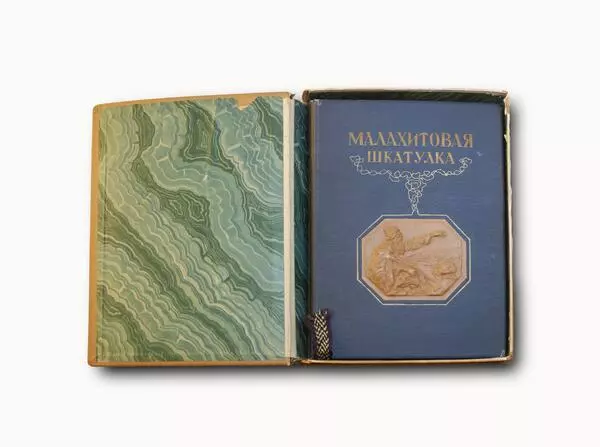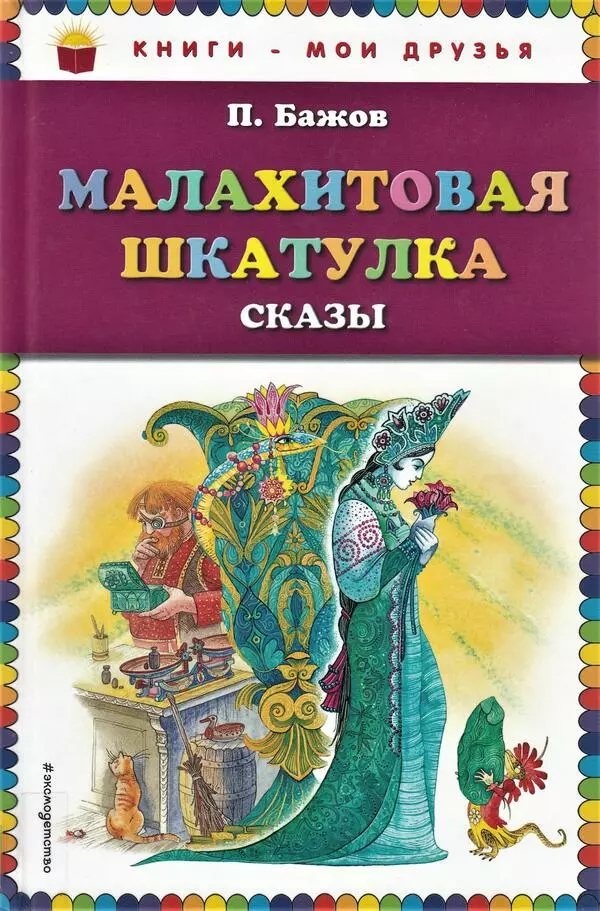Metal nibs for writing were used even by the ancient Romans and Greeks. At that time, bronze, copper and silver were the most popular materials for their manufacture. In the 18th century, the British and Germans, borrowing ideas from each other, came up with a steel nib, which was in widespread use until the invention of ballpoint pens. Steel nibs came to the Russian Empire in the middle of the 19th century: at first, they were imported from abroad, then they began to be produced within the country.
Pavel Petrovich Bazhov preferred to use a dip pen for writing, instead of a typewriter. It is known that in the 1930s, when his first and most famous tales were conceived and created, including “The Mistress of the Copper Mountain”, “The Malachite Casket”, “Stone Flower”, “Silver Hoof” and others, Bazhov wrote exclusively by hand. He started using a typewriter only in 1944. In addition, it was much closer to the traditional way of writing, which he often mentioned:
Pavel Petrovich Bazhov preferred to use a dip pen for writing, instead of a typewriter. It is known that in the 1930s, when his first and most famous tales were conceived and created, including “The Mistress of the Copper Mountain”, “The Malachite Casket”, “Stone Flower”, “Silver Hoof” and others, Bazhov wrote exclusively by hand. He started using a typewriter only in 1944. In addition, it was much closer to the traditional way of writing, which he often mentioned:

